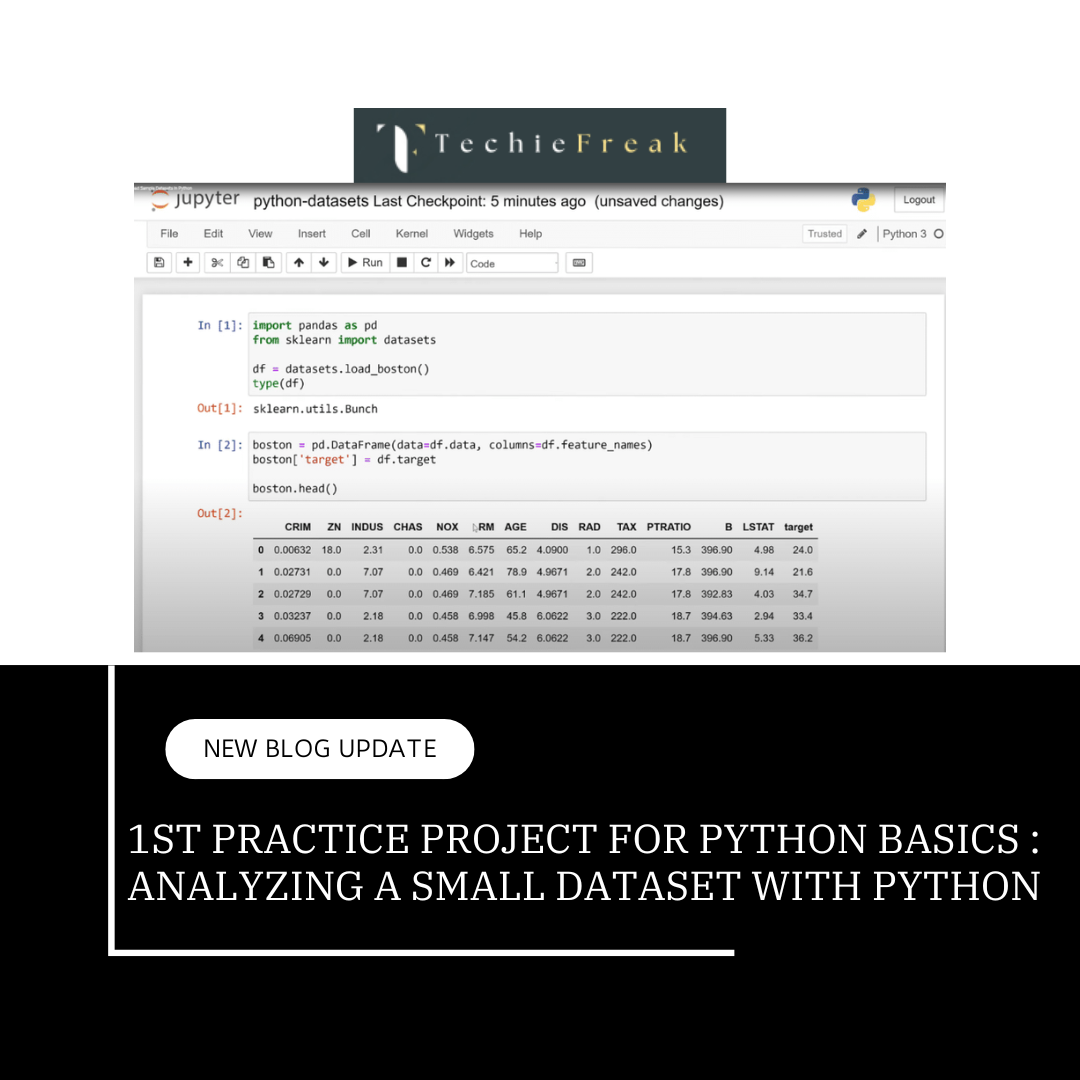1. Dictionaries: Key-Value Champions
1.1 What is a Dictionary?
A dictionary is a Python data structure that stores data as key-value pairs, where:
- Keys: Unique and immutable (e.g., strings, numbers, or tuples).
- Values: Can be any Python object, including lists, other dictionaries, or even functions.
Syntax
A dictionary is defined using curly braces {} or the dict() constructor.
# Creating a dictionary
my_dict = {"name": "Alice", "age": 25, "skills": ["Python", "ML"]}
# Using the dict() constructor
empty_dict = dict()
nested_dict = {"student": {"name": "Bob", "grade": "A"}}
1.2 Accessing and Modifying Dictionaries
Access Values
Use keys to retrieve values.
print(my_dict["name"]) # Output: Alice
To avoid errors, use the get() method for safe access:
print(my_dict.get("address", "Not Found")) # Output: Not Found
Adding or Modifying Values
- To add a new key-value pair:
my_dict["city"] = "New York"
- To update an existing key’s value:
my_dict["age"] = 26
Deleting Entries
Remove key-value pairs using the del statement or the pop() method:
del my_dict["city"] # Removes "city"
age = my_dict.pop("age") # Removes "age" and returns its value
1.3 Looping Through a Dictionary
Loop Through Keys
for key in my_dict:
print(key)
Loop Through Values
for value in my_dict.values():
print(value)
Loop Through Key-Value Pairs
Use the items() method for unpacking key-value pairs:
for key, value in my_dict.items():
print(f"{key}: {value}")
1.4 Common Dictionary Methods
| Method | Description |
|---|---|
| keys() | Returns all the keys in the dictionary. |
| values() | Returns all the values in the dictionary. |
| items() | Returns all key-value pairs as tuples. |
| update() | Updates the dictionary with key-value pairs from another dictionary. |
| clear() | Removes all items from the dictionary. |
1.5 When to Use Dictionaries
Dictionaries excel in scenarios requiring fast lookups or data organization:
- Word Frequency Count: Count occurrences of words in text.
- Configuration Management: Store settings for applications.
- Mapping Relationships: Create JSON-like nested structures.
Example: Counting word occurrences.
text = "Python is easy to learn and powerful"
word_count = {}
for word in text.split():
word_count[word] = word_count.get(word, 0) + 1
print(word_count) # Output: {'Python': 1, 'is': 1, 'easy': 1, 'to': 1, 'learn': 1, 'and': 1, 'powerful': 1}
2. List Comprehensions: Pythonic and Efficient
_1734956046.png)
2.1 What is a List Comprehension?
A list comprehension is a concise and expressive way to create lists in Python. It eliminates the need for verbose loops, making the code more readable and compact.
Syntax
[expression for item in iterable if condition]
Example
squared_numbers = [x**2 for x in range(5)]
print(squared_numbers) # Output: [0, 1, 4, 9, 16]
2.2 Using Conditions in List Comprehensions
Add conditions to filter elements.
even_numbers = [x for x in range(10) if x % 2 == 0]
print(even_numbers) # Output: [0, 2, 4, 6, 8]
2.3 Nested List Comprehensions
List comprehensions can be nested to work with multi-dimensional data.
matrix = [[x for x in range(3)] for _ in range(3)]
print(matrix) # Output: [[0, 1, 2], [0, 1, 2], [0, 1, 2]]
2.4 Practical Applications of List Comprehensions
1. Transform Data
Convert temperatures from Celsius to Fahrenheit:
celsius = [0, 20, 30]
fahrenheit = [((9/5)*temp + 32) for temp in celsius]
print(fahrenheit) # Output: [32.0, 68.0, 86.0]
2. Filter Data
Extract positive numbers from a list:
numbers = [-5, 3, -1, 7]
positive_numbers = [num for num in numbers if num > 0]
print(positive_numbers) # Output: [3, 7]
3. Flatten Nested Lists
Convert a 2D list into a 1D list:
nested_list = [[1, 2], [3, 4], [5]]
flat_list = [item for sublist in nested_list for item in sublist]
print(flat_list) # Output: [1, 2, 3, 4, 5]
3. Practical Applications of Python Data Structures
| Data Structure | Practical Use Case |
|---|---|
| Lists | Store dynamic collections like a to-do list or inventory. |
| Tuples | Store fixed data like coordinates or immutable records. |
| Sets | Remove duplicates or find shared tags in a dataset. |
| Dictionaries | Map relationships, manage configurations, or count word occurrences. |
| List Comprehensions | Quickly filter or transform datasets during preprocessing. |
Key Takeaways: Python Data Structures
1. Dictionaries: Key-Value Champions
- Definition: Unordered collection of key-value pairs; keys are unique and immutable.
- Syntax: my_dict = {"key": "value"} or dict().
- Access/Modify: Use my_dict["key"] or my_dict.get("key", default).
- Add/Update: my_dict["new_key"] = value.
- Delete: del my_dict["key"] or my_dict.pop("key").
- Iterate: Use keys(), values(), or items() for keys, values, and pairs.
- Applications: Word counts, nested structures, fast lookups.
2. List Comprehensions: Pythonic and Efficient
- Definition: Concise syntax for creating lists.
- Syntax: [expression for item in iterable if condition].
- Use Cases:
- Transform: Convert Celsius to Fahrenheit.
- Filter: Extract positives: [x for x in numbers if x > 0].
- Flatten: flat_list = [item for sublist in nested_list for item in sublist].
- Advantages: Readable, concise, efficient.
3. Practical Use Cases by Data Structure
- Lists: Dynamic collections like to-do lists.
- Tuples: Immutable data (e.g., coordinates).
- Sets: Remove duplicates or compare datasets.
- Dictionaries: Manage configurations or count occurrences.
- List Comprehensions: Efficient data filtering or transformation.
Next Topic : File Handling in Python


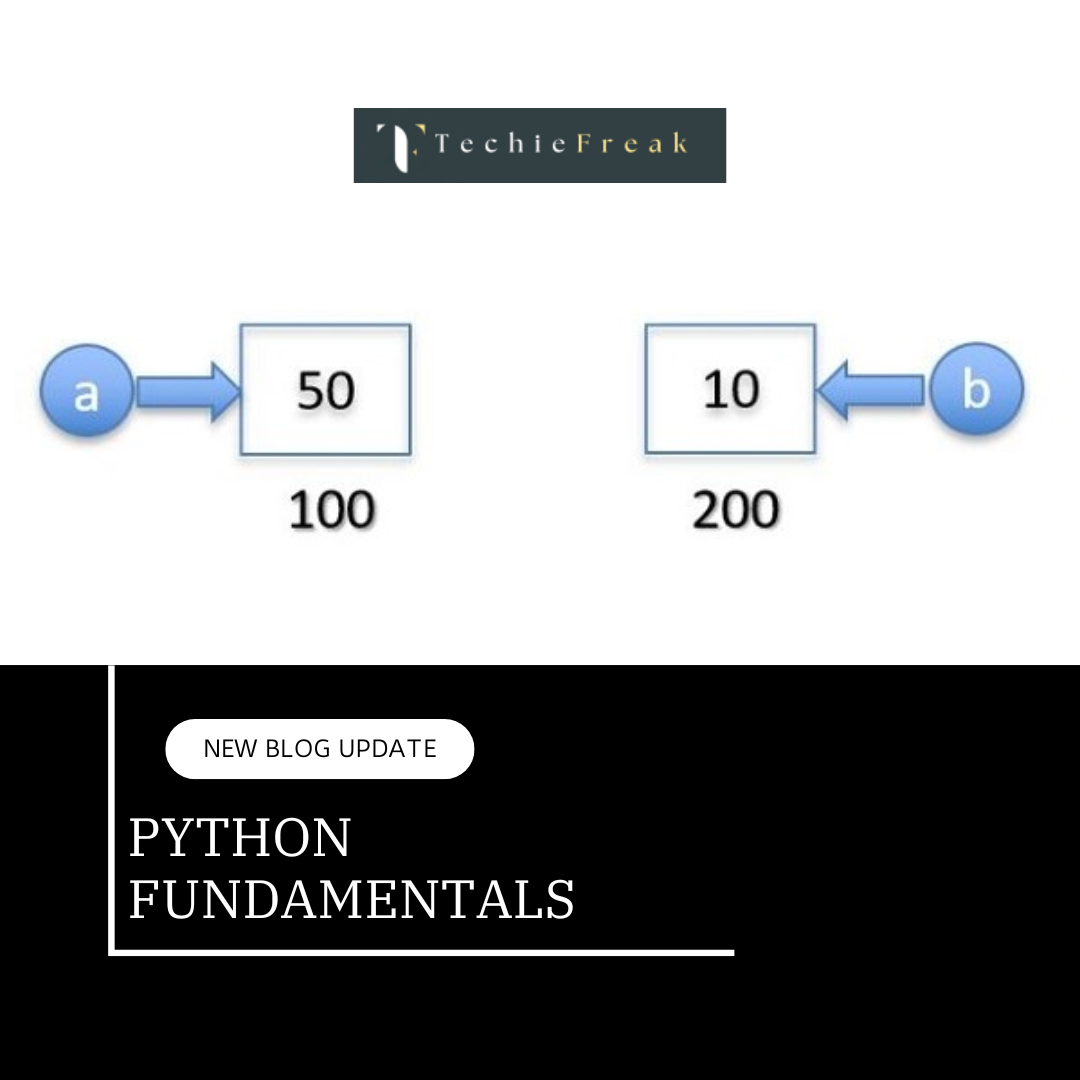
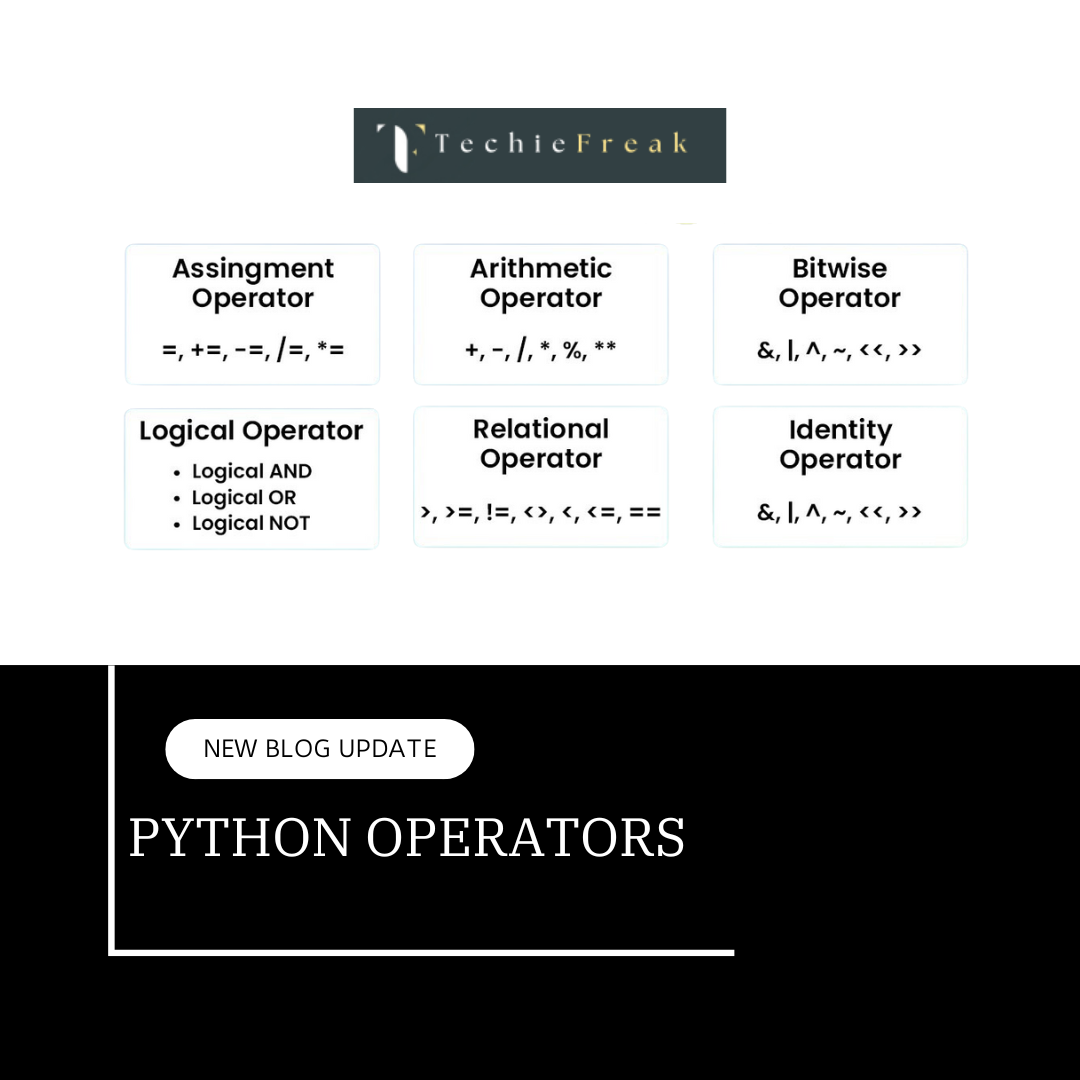
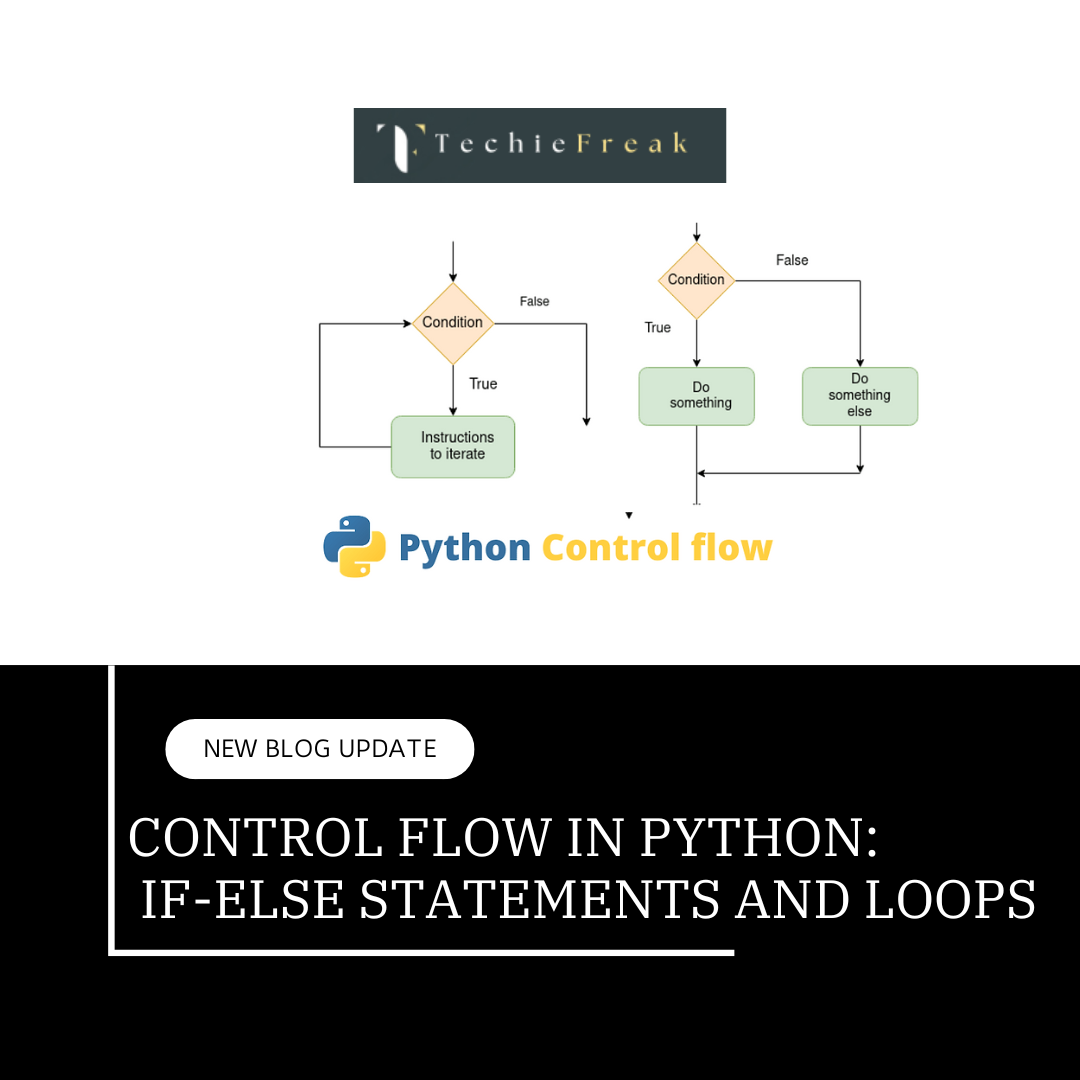
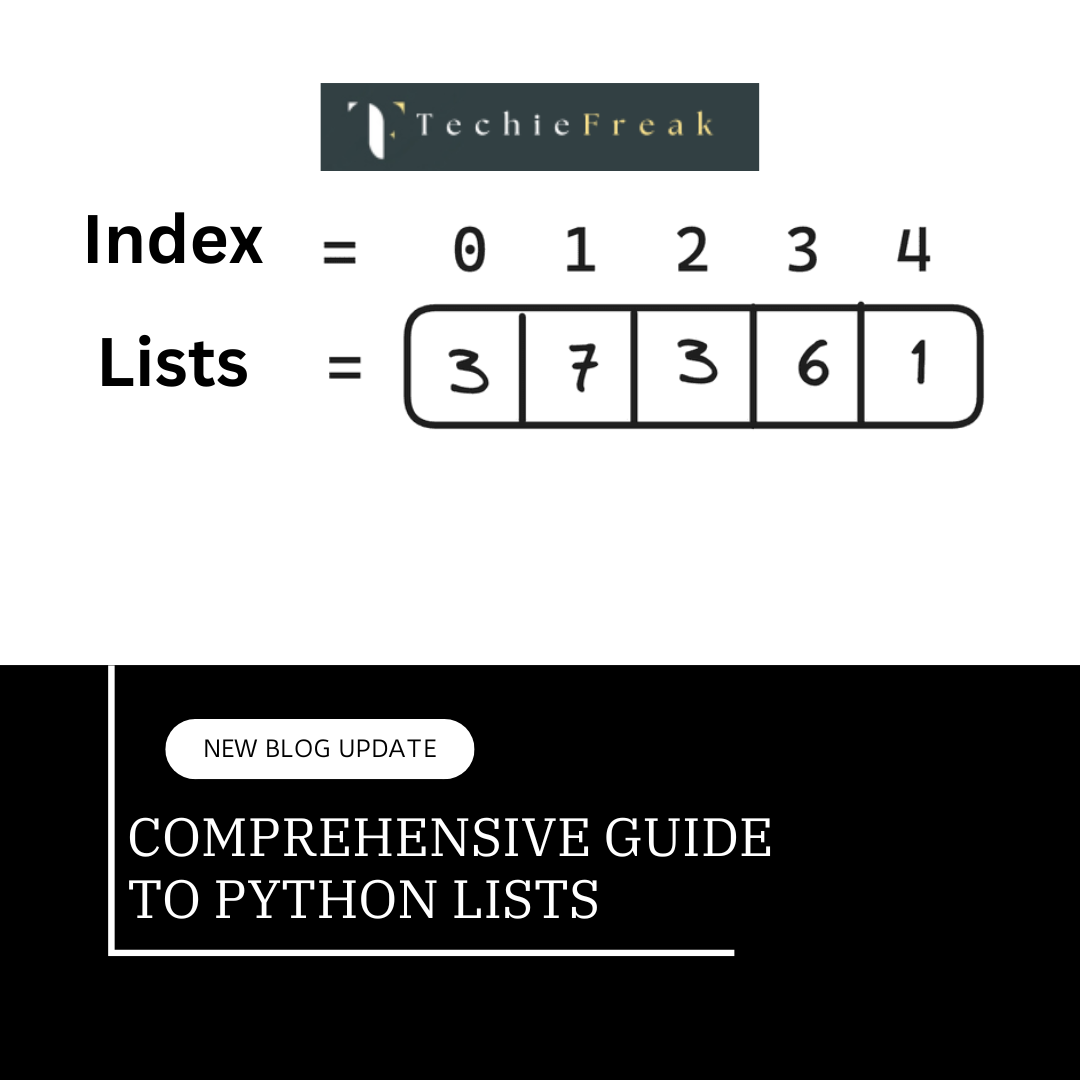
.png)

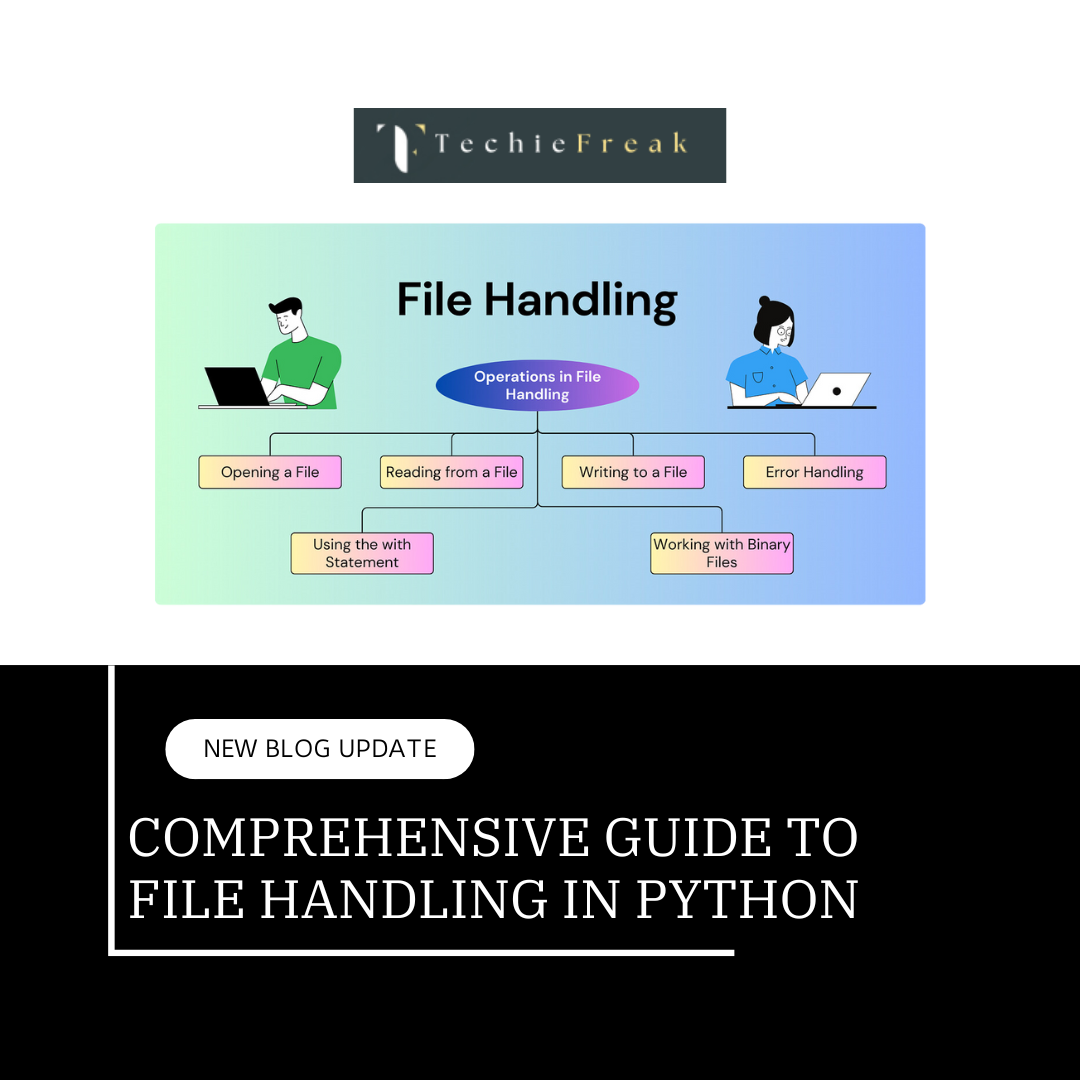
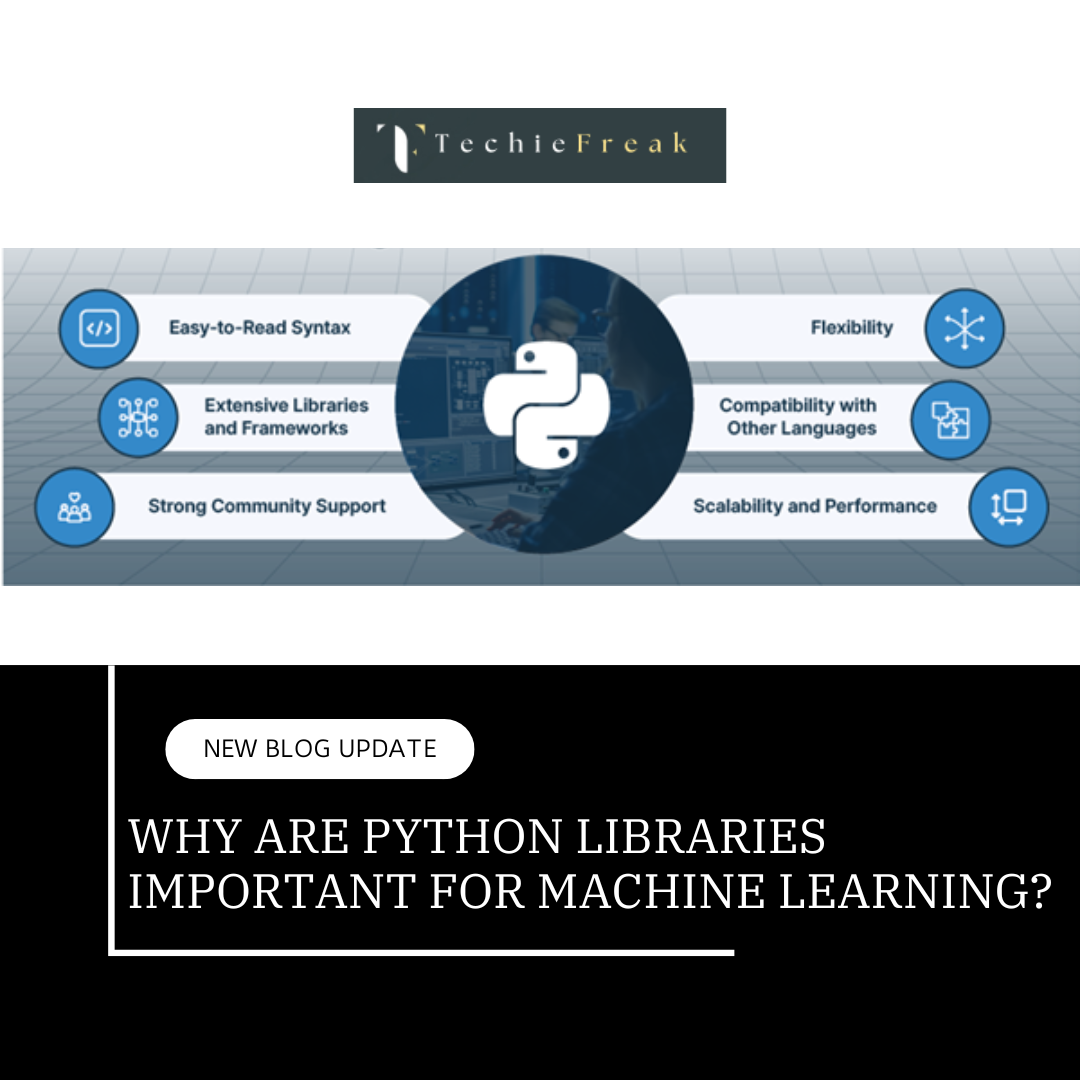


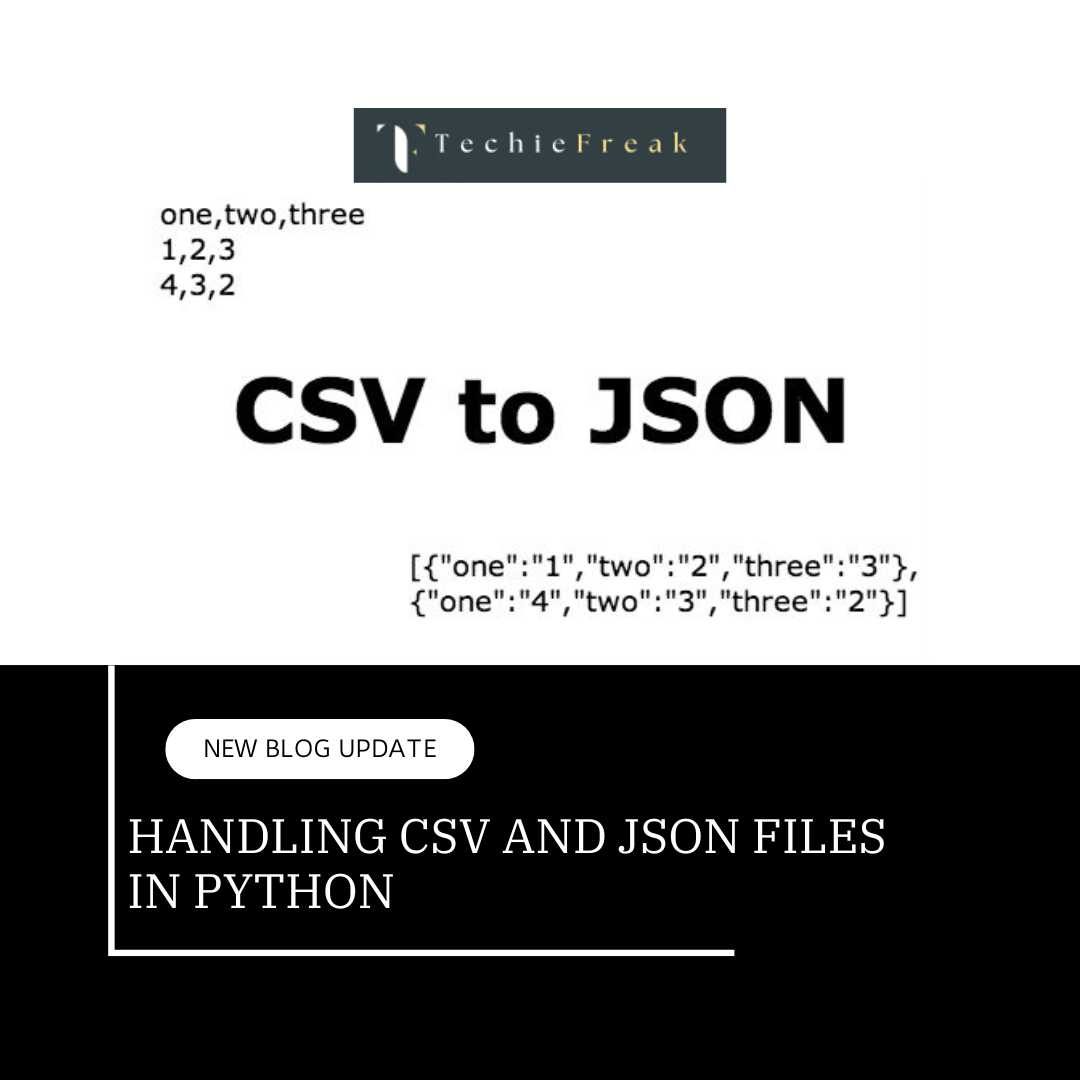

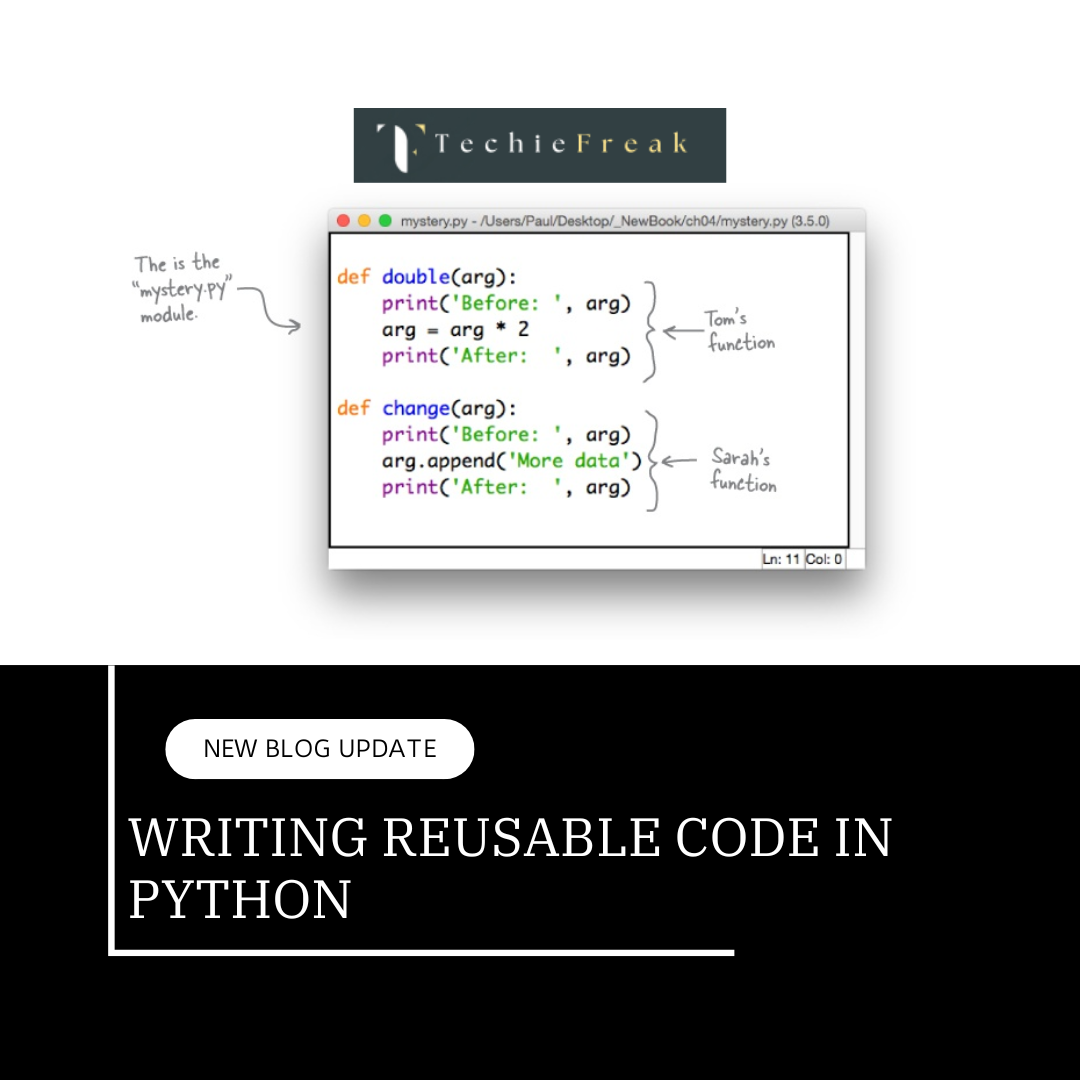
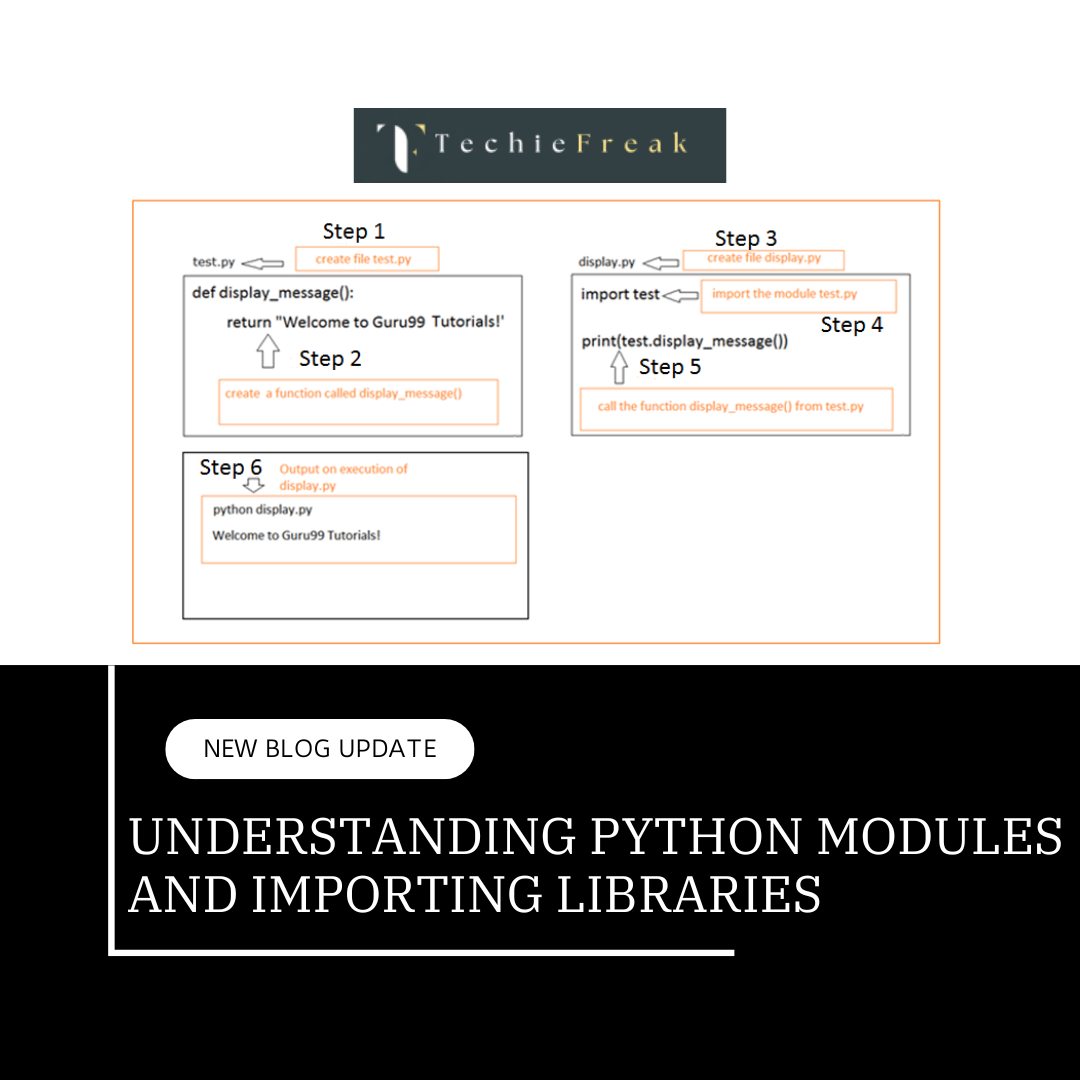
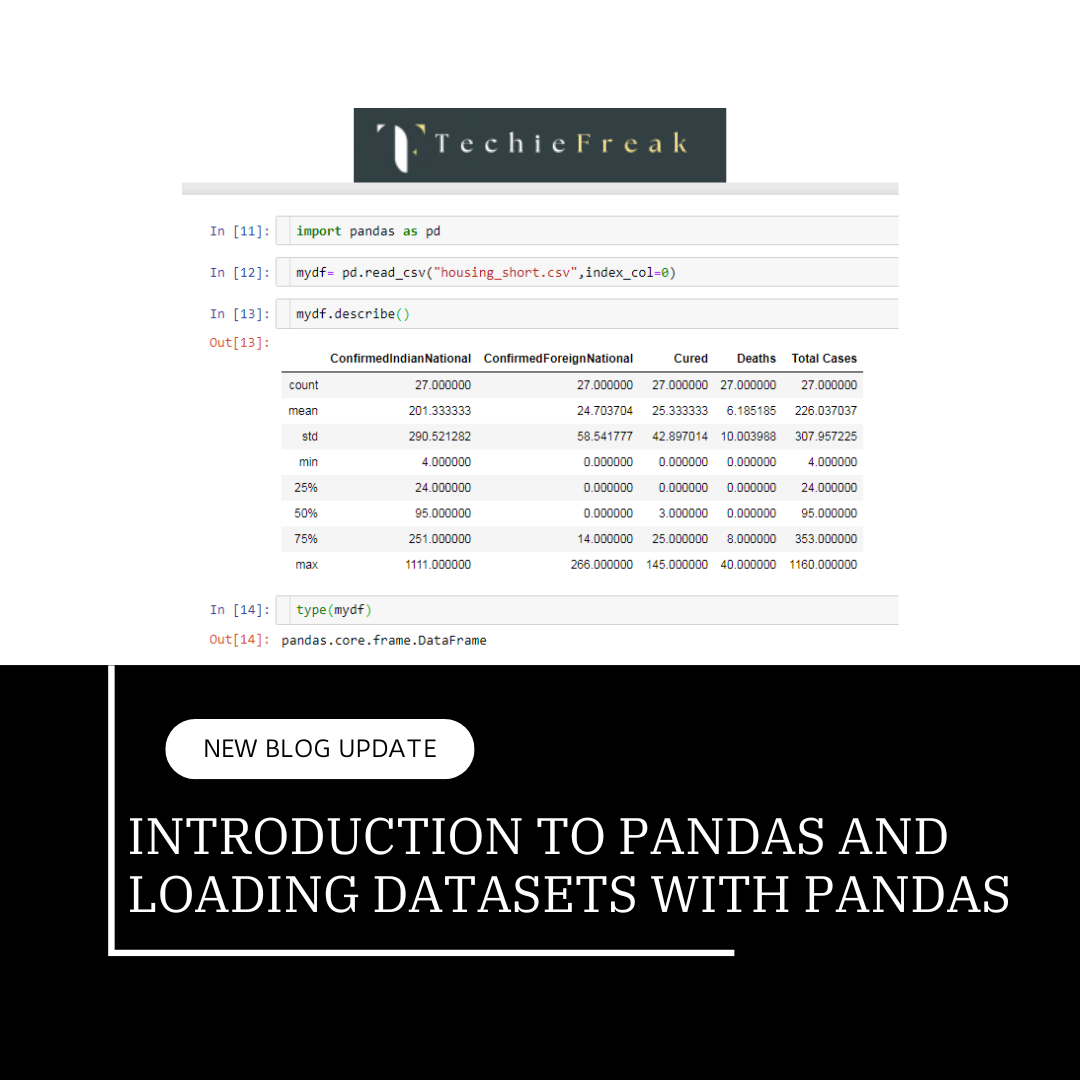
.png)
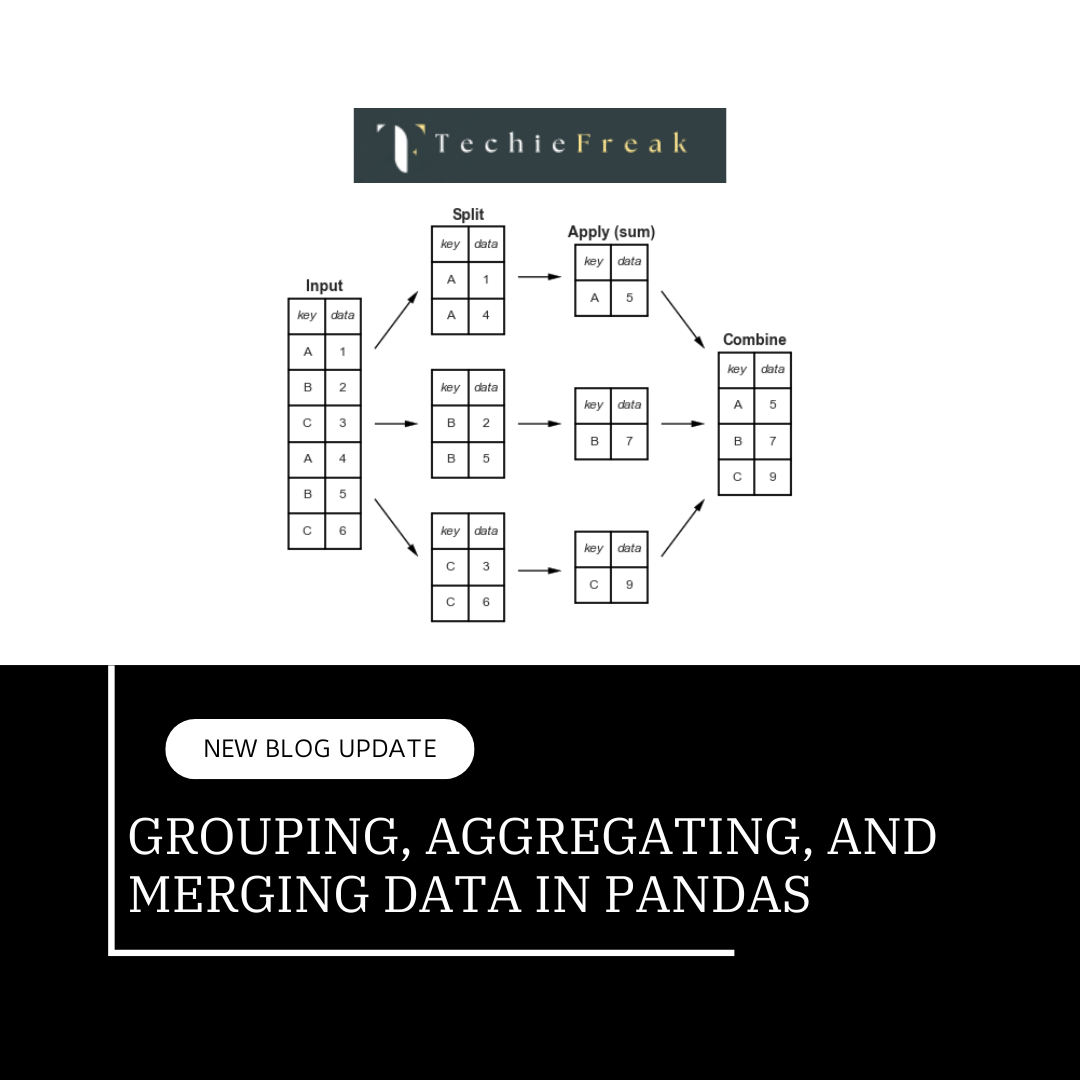
.png)

